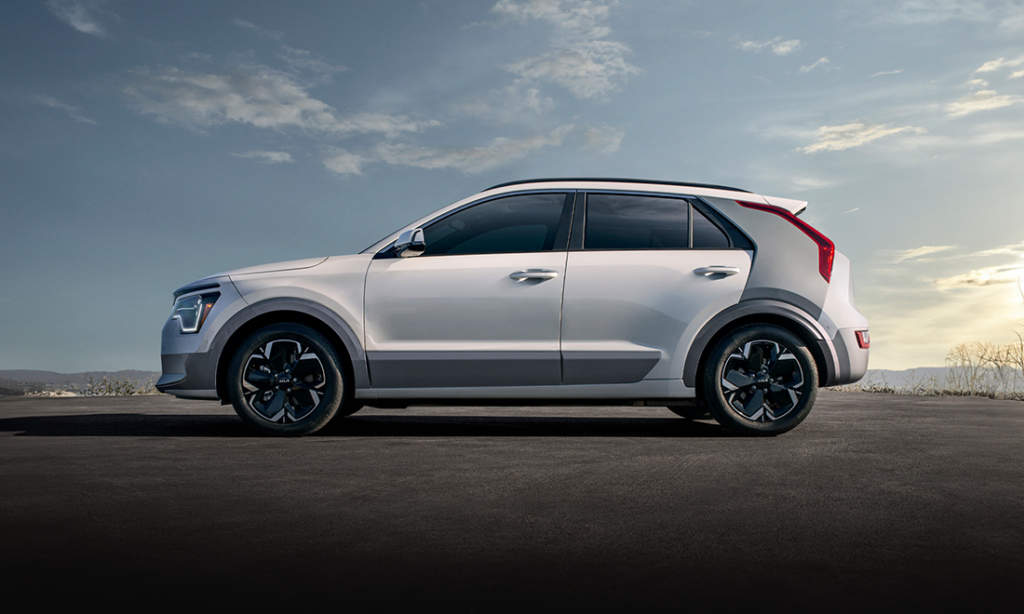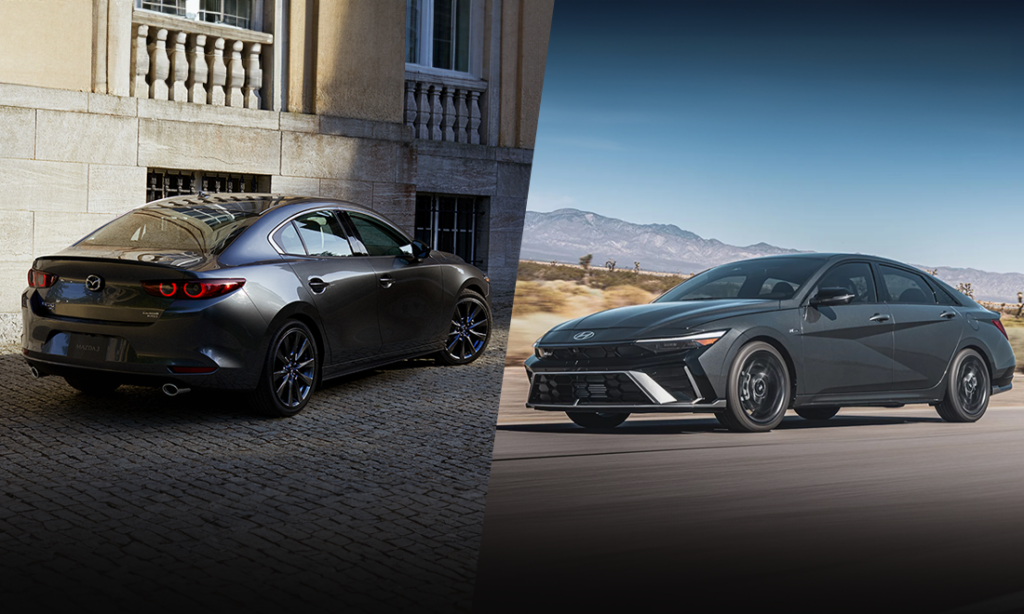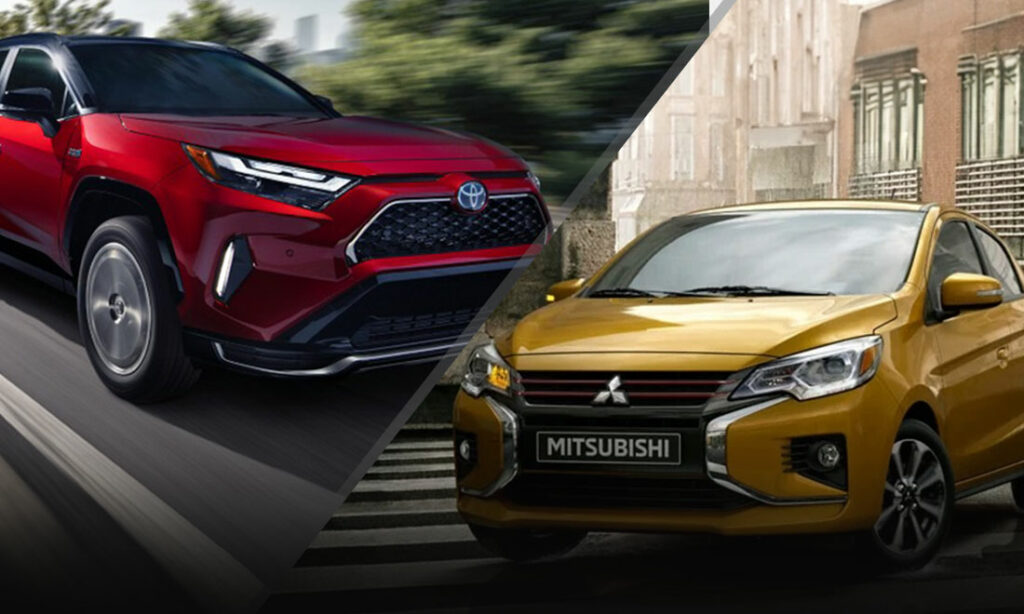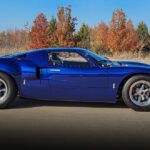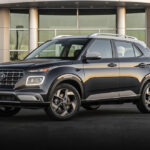Chrysler Imperial vs Lincoln Continental: ’70s Icons
Monuments to American excess, the luxury sedans of the 1970s inspire a unique kind of awe today.
Bigger, Weaker, Slower
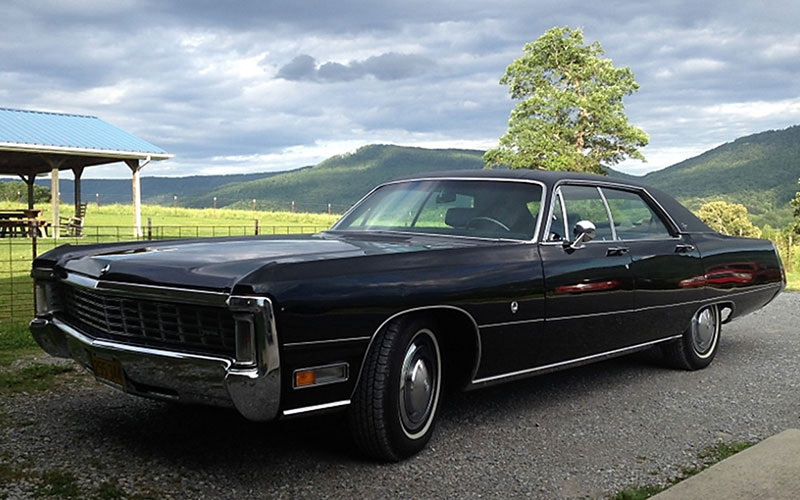
The 1970s was not a great time for American cars. The Oil Crisis and increasingly stringent emission and fuel economy standards put a damper on Detroit’s love affair with the V8. Styling was … distinctive? And, as the muscle car era died out early in the decade, performance became almost solely the province of European marks (with the lone exception of the Corvette).
Take American luxury cars for example. The 1970s was peak luxo-barge/land yacht with the Cadillac Eldorado, Lincoln Continental, and Chrysler Imperial all testing the boundaries of good taste and what constitutes reasonable gas mileage. Hoods stretched long, rear decks nearly so, bumpers bulged, suspensions wafted, and velvety seats were plusher than you grandma’s couch. These cars were, at turns, either the height of American luxury or rolling eyesores, and perhaps both at once.
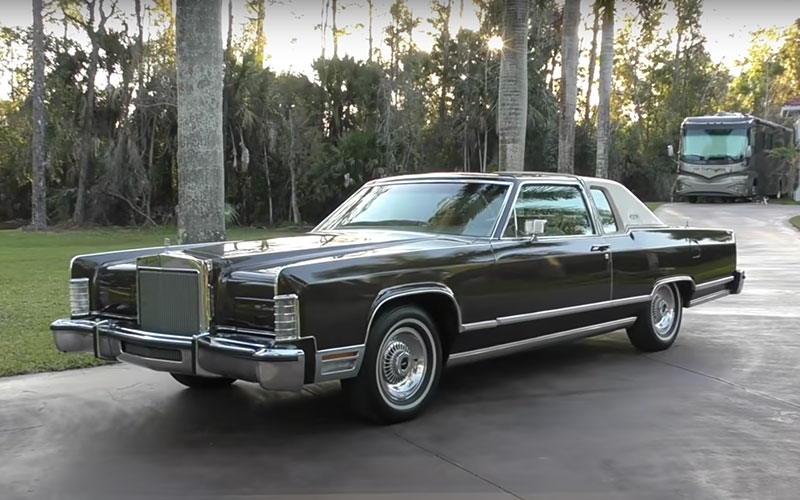
For this classic comparison, we chose the fourth- and fifth-generation Chrysler Imperial at a period when it wasn’t, strictly speaking, a Chrysler, and the fifth-generation Lincoln Continental at either its zenith or nadir, again, depending on your point of view.
The (Chrysler) Imperial
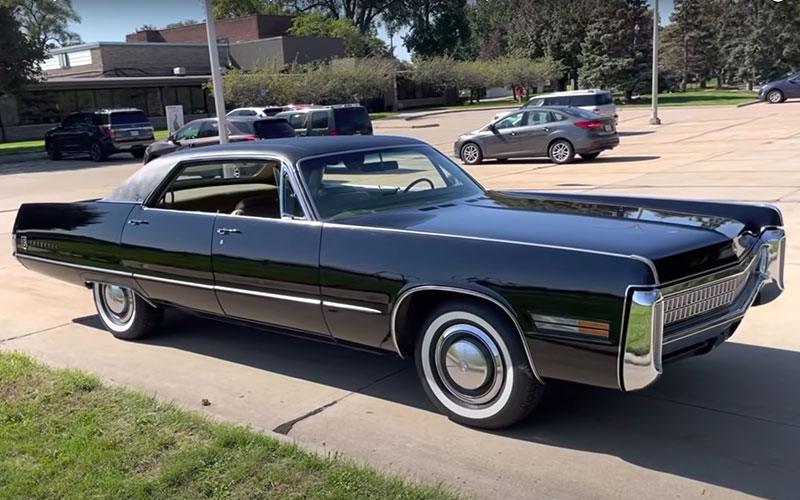
The Chrysler Imperial debuted way back in 1926 as Chrysler’s answer to Lincoln, Studebaker, and Cadillac. For a brief time in the early 1930s, it fit right into that mold as a large and striking V8-powered luxury car. The curvaceous “Airflow” designs and those of the 1940s struggled to maintain the premium looks of the earlier car. In 1955, Chrysler decided to break off Imperial into its own luxury line a la Lincoln and Cadillac. Styling closely followed the Cadillac Eldorado during the 1950s and hewed toward the Lincoln Continental in the 1960s.
It’s the Imperial of the 1970s, however, that inspired this article. Starting with the 1969 model year, the Imperial had evolved into a whale of a car. The new “fuselage” design featured long, outwardly bulging side panels. Fold-away headlights were quickly becoming a mainstay of American luxury cars. As was a massive egg crate grille. The car was long. So long in fact that at 229 inches long, the Imperial was the longest non-limo car made in the US. And, in 1973, the Imperial grew an additional eight inches to 235 inches in length, giving it roughly the same turning radius as the Queen Mary.
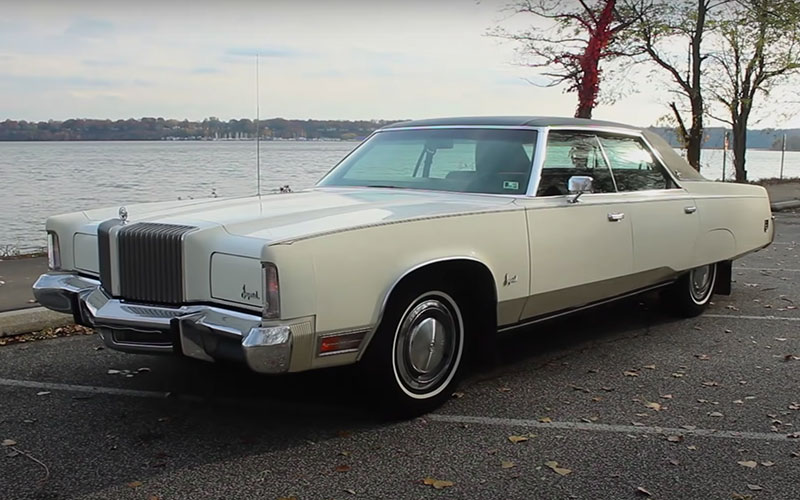
The short-lived fifth-generation Imperial was around for just the 1974 and ’75 model years. Plans had been to discontinue the car, but Chrysler boss John Riccardo liked the styling of the new waterfall grille (by stylish Chet Limbaugh) so much he gave the car a final chance. The fifth-gen Imperial didn’t do much with the opportunity. The car was as over-the-top as ever with a huge chrome bumper, its new waterfall grille, and its massive, almost unaccountable size. Sales continued to slide. After a brief stint as a two-door coupe in the early 80s, the Imperial brand was gone.
Ultimately, Chrysler never devoted enough resources to differentiating the Imperial brand from Chrysler proper. And without a clear identity, most luxury buyers stuck with the more well-heeled Lincoln and Cadillac marks.
Lincoln Continental
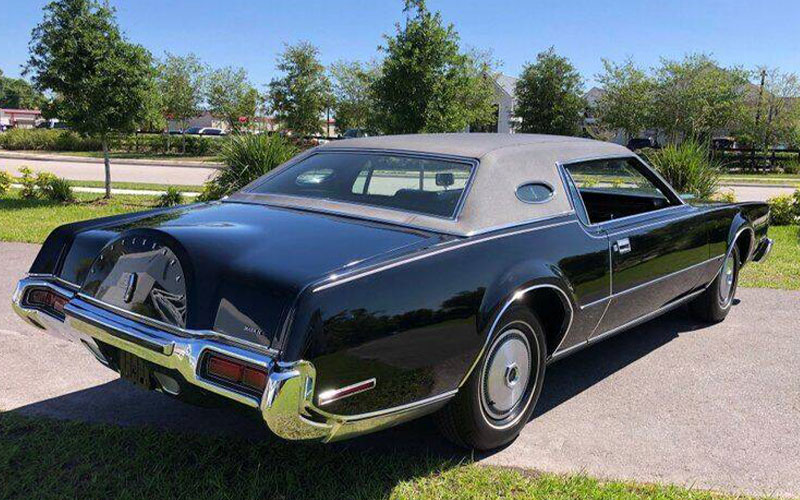
The Lincoln Continental arrived in 1940, the brainchild of Edsel Ford. The car won praise for its styling, typified by huge fenders, long hood, and near perfect proportions. But following the death of Edsel Ford in 1943, the Continental struggled to find its footing and was discontinued in 1948. The nameplate was resurrected in 1956. The third generation of the 1950s is best remembered for its slanted double headlights and for attempts to position the car even further up the luxury ladder to compete with the likes of Rolls-Royce. The result was massive financial losses. The four-generation redeemed the Continental over the 1960s, both in terms of styling and sales.
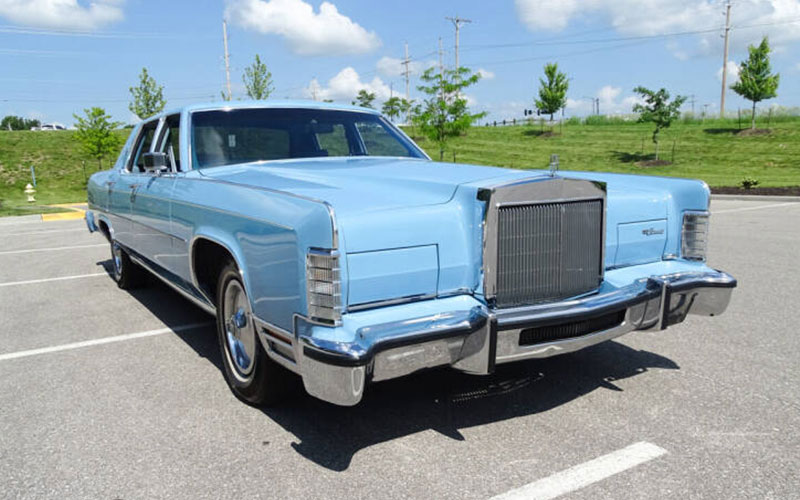
The 1970s kicked off a fifth generation of the Continental. It received a new body-on-frame design, sharing its platform with the Mercury Marquis and the Ford LTD. As a result of the new architecture, the signature “suicide” rear hinge doors of the fourth generation were dropped. Like the Imperial, the Continental was long, 225 inches long at the start of the decade and, by 1977, grew to 233 inches. Two V8s were offered. A large 460 CID V8 made 385 horsepower but would eventually be dropped in 1977 in favor of a more efficient 400 CID V8 making just 159 horsepower. Similar to the Imperial, the Continental also switched from an egg crate to a waterfall grille in 1974. A 1975 redesign added optional four-wheel disc brakes and a circular opera window to the C-pillar. (I want to stop here to emphasize that even in coupe form, the Continental and Imperial were comically large, ostentatious cars the kind of which we won’t likely ever see again.)
The Better Land Barge
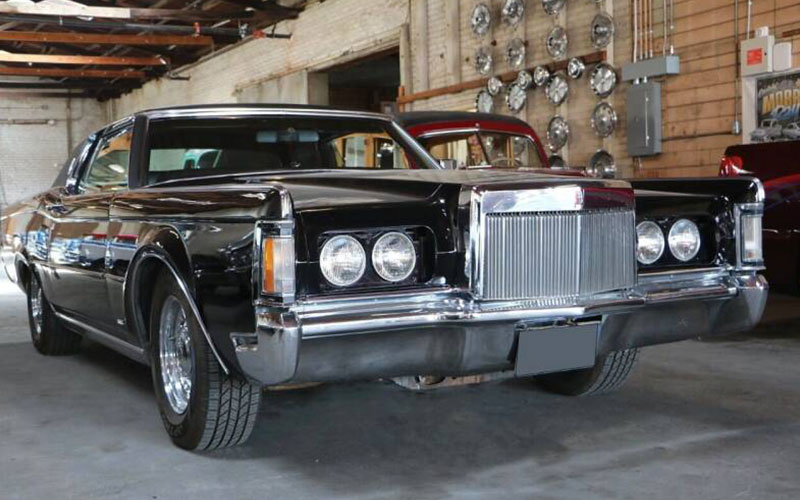
As to which car wins? We can easily say the Continental wins this classic comparison based largely on the fact that if outlived the Imperial. The Continental would continue on through, as heinously ugly as it was, to a 2003 model year, and even a brief resurrection from 2017 to 2020 beyond that. Meanwhile the Imperial brand was ignominiously shuttered by 1983, though the Imperial name would see a brief and uneventful revival in the early 1990s.
But really, if you drove either car in the 1970s you were unquestionably a winner, no matter what your grandkids have to say about it today.


